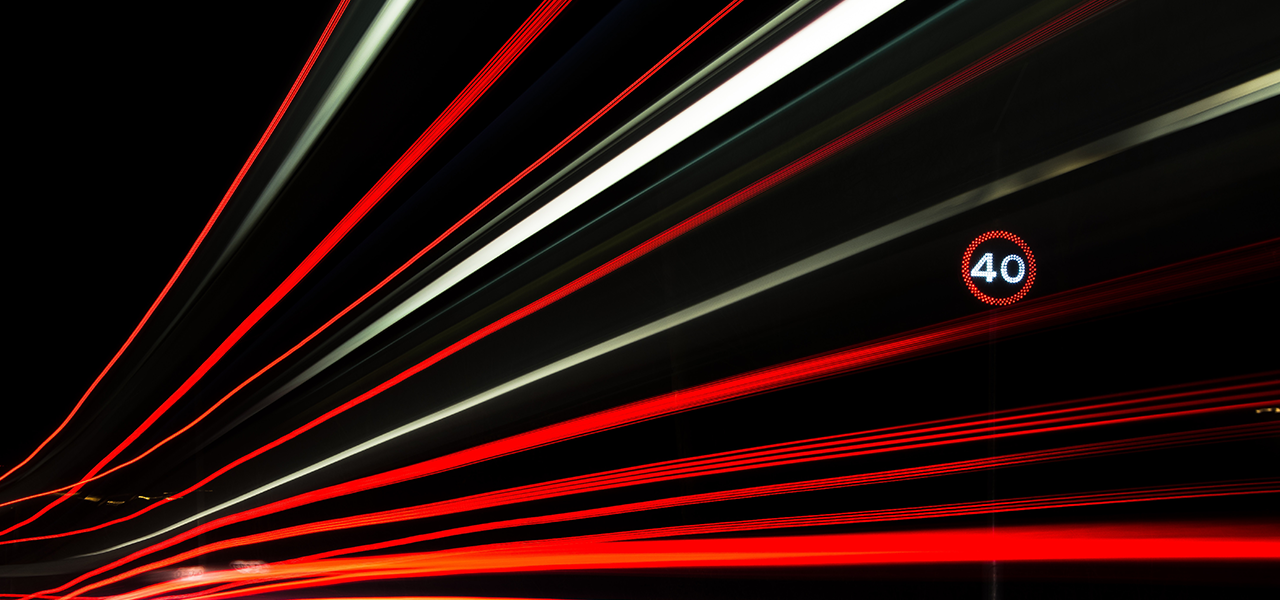
After sonar (sound) and radar (radio waves), lidar completes the triptych of remote-sensing technologies, using light to measure distances and detect obstacles. Although the technology can be found in many industries today, lidar technology is now making a name for itself in the world of autonomous cars.
Around 90% of projects in the industry rely on lidar to detect obstacles and to produce a precise image of the surrounding road environment. And it’s something that’s sure caught eye of major investors. In October 2017, two lidar manufacturers were acquired by two automobile giants: General Motors bought Strobe, while Ford-backed Argo AI acquired Princeton Lightwave. The major challenge they face today is bringing down the price of this technology that’s usually costs a pretty penny. Having already teamed up with Apple, Caterpillar and Uber, Velodyne are considered the leader in the sector, and they recently announced a fourfold production increase. Such volumes mean the company can offer competitive prices, in the range of $50 per lidar chip. As for Quanergy, they’re promising solid-state sensors for $250. It’s a mini revolution, especially since the lidar technology used by Waymo (formerly Google Car) used to cost $70,000…
There is one big name resisting the use of laser technology, and that’s no other than Tesla, who prefer to rely on a combination of radars, cameras and ultrasonic sensors…. This results in a much more economical solution, which Elon Musk justifies by lidar’s weakness in foggy conditions. It’s a choice which leaves the competition rather skeptical on their ability to manufacture vehicles that are entirely autonomous. When pressed on Musk, Scott Miller, General Motors’ director of autonomous vehicle integration, declared: “I think he’s full of crap.” This also leads to the question of road infrastructure, which will be steered in the evolutional direction of being able to communicate with vehicles, in order to avoid the pitfall pointed out by Tesla’s founder. A recent study by Léonard showed that traditional road signs are gradually going to make way for signs that cars will be able to read! The road sign wars has only just begun!


